Escapes with the focus on eco
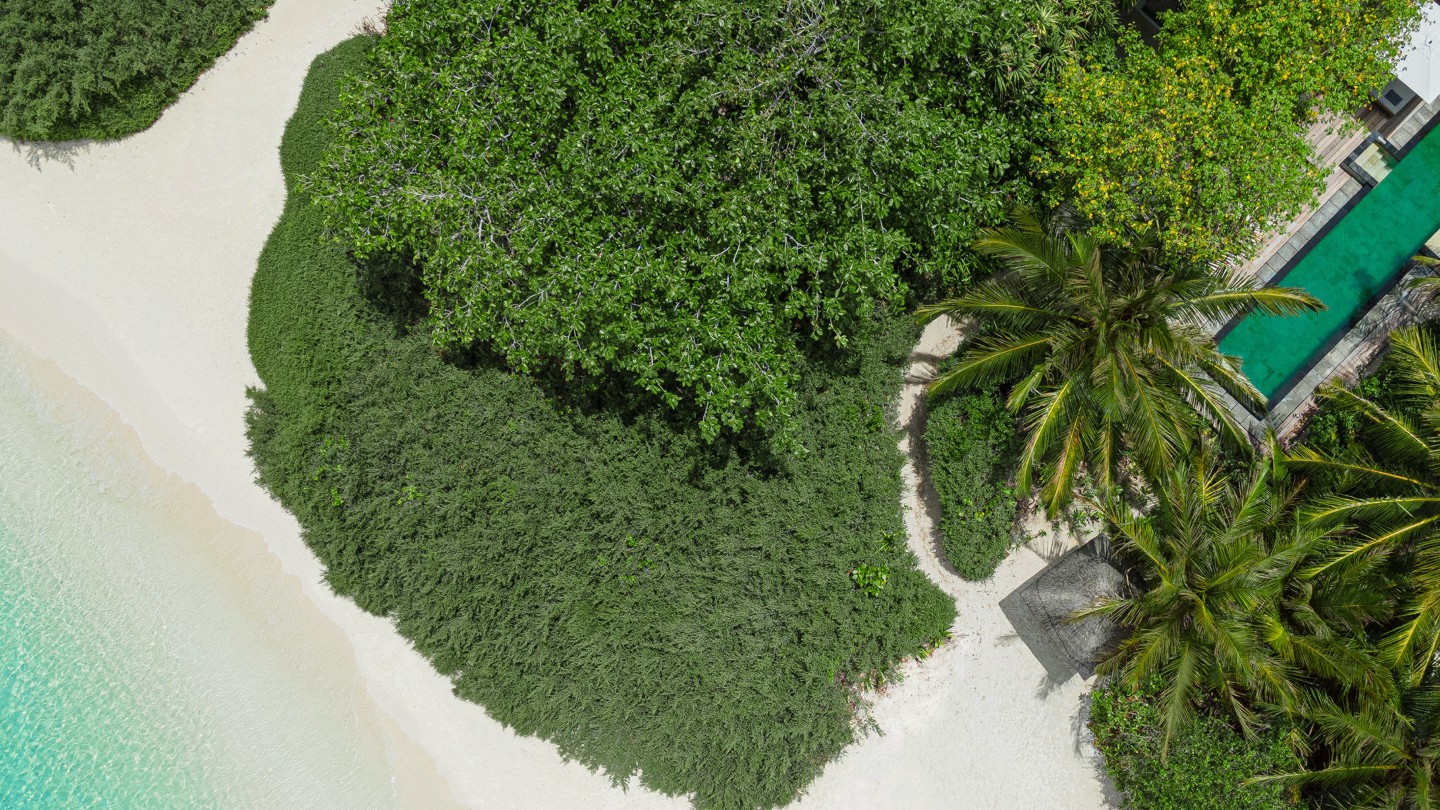
Roula Khalaf, Editor of the FT, selects her favourite stories in this weekly newsletter.
Mantas and marine biology in the Maldives
I’ve had the privilege of spending lots of time in the Maldives, and also of reporting on marine conservation programmes across the world that are innovative and impactful. Two resorts, practically at opposite ends of this nation of atolls, channel its beauty and help safeguard its ecosystems in real, quantifiable ways.
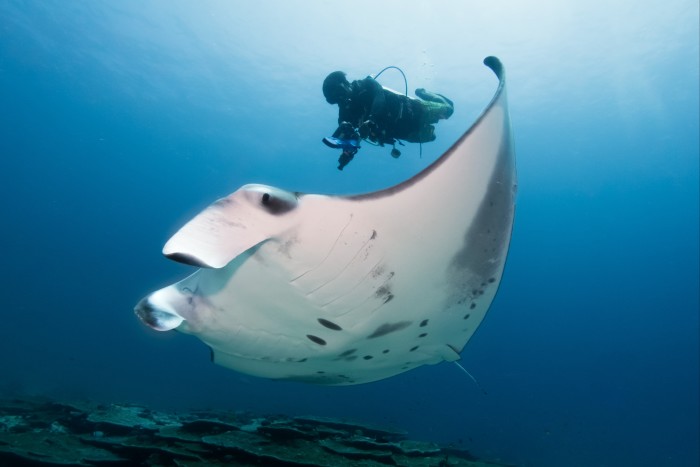
Four Seasons Resort at Landaa Giraavaru is home to the Maldivian Manta Ray Project, and hosts the only full-time manta ray research project in the Maldives. Hanifaru Bay, which has one of the world’s largest manta populations, is a 25-minute boat ride away, and guests can get thrillingly up close and personal with the gentle giants. At the standalone marine research centre, biologists oversee coral- and reef-rebuilding programmes and a nationwide sea turtle rehabilitation programme. I’ve always been impressed by how many of the resort staff could expound on manta breeding statistics or waste-gathering programmes while serving wine or fixing up your bicycle.
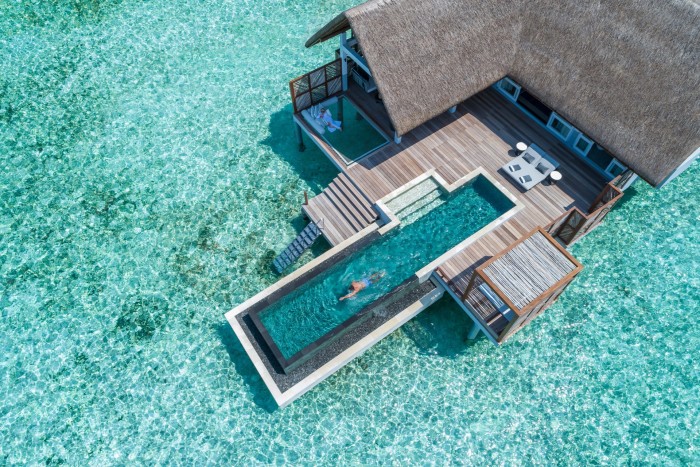
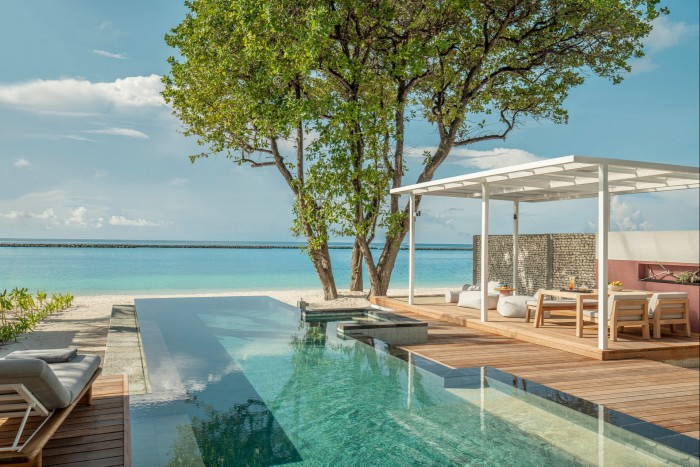
Far to the south is Six Senses Laamu, which employs 10 full-time marine biologists who relay data to the Maldives Underwater Initiative and collaborate with the Blue Marine Foundation, which secures protected marine zones and identifies unsustainable and illegal fishing worldwide. “Be a Marine Biologist for a Day” is on the agenda at lots of places in the Maldives; here, your kids can be one every afternoon, with one-to-one mentoring from one of those scientists.
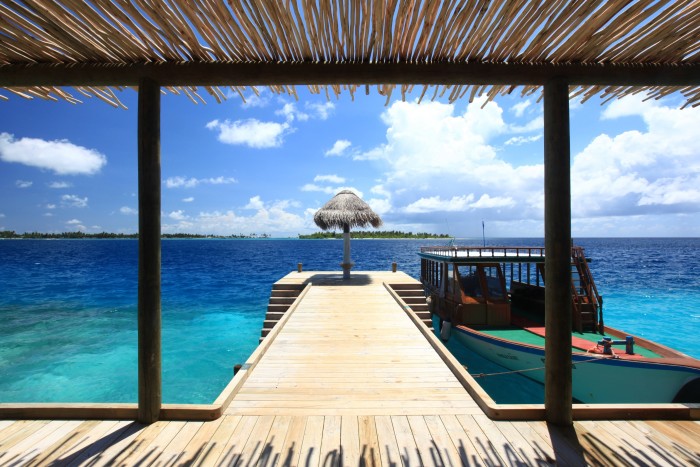
Any Maldives trip is a major investment, and the moral stakes around long-haul travel are only becoming more acute. But the country’s economy relies hugely on tourism. When friends and acquaintances ask me if it’s even justifiable to go in this day and age, Landaa and Laamu give me reason to feel I can answer – still – in the affirmative. From $1,700, fourseasons.com
A trip with the Med preservation society
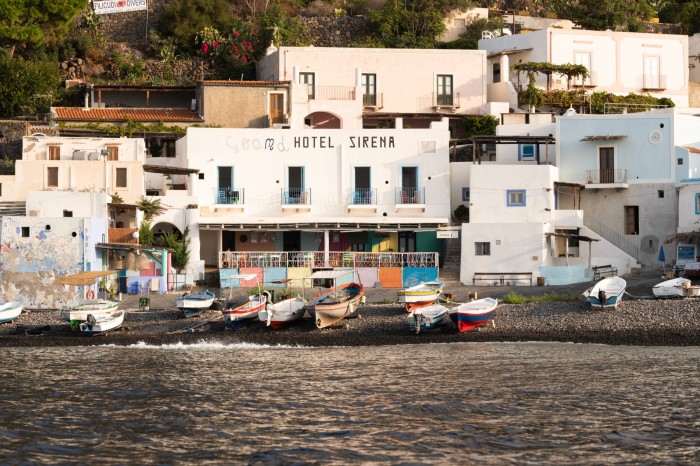
Ibiza and “marine conservation” might not intuitively pair in the mind. They did for Ben Goldsmith, however, when he and a small group of friends set up IbizaPreservation back in 2008. Not long after, Goldsmith visited Sicily’s Aeolian Islands; struck by their beauty, and in particular the pristine seas that surround them, he and cofounder Luca Del Bono created the Aeolian Islands Preservation Fund. As on Ibiza, it incorporated a few terra firma initiatives – dry stone walling courses, waste management – but its primary mandate was, and still is, marine protection.
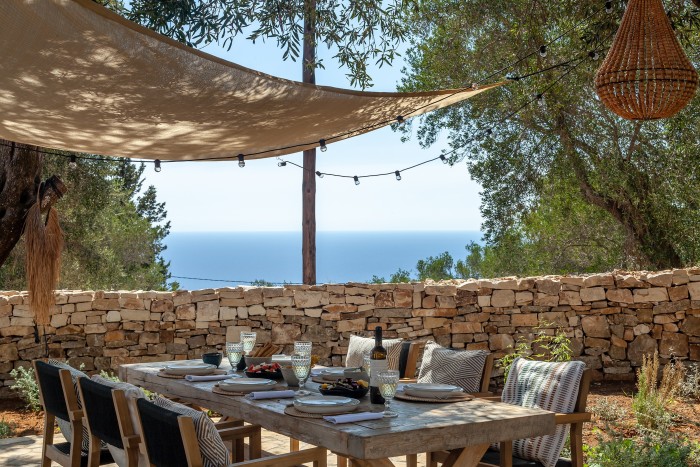
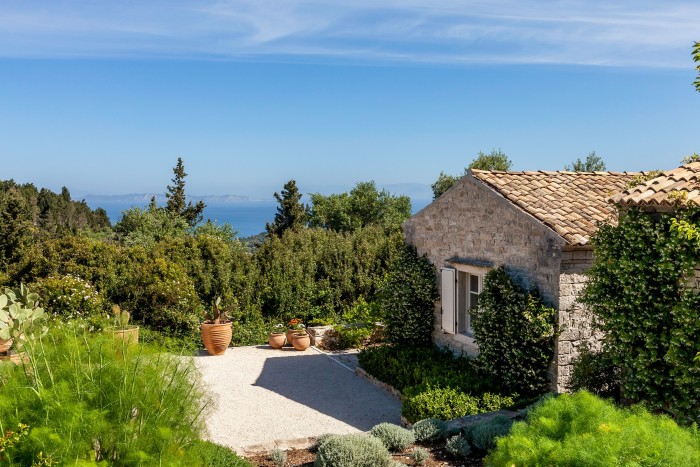
This means everything from lobbying for the creation of protected reserves, to spearheading and funding local sustainable fishing initiatives and good old-fashioned clean-ups (in the high season the Aeolians’ year-round population of around 10,000 can swell to 10 times that number or more: that’s a lot of waste inevitably finding its way into the sea). Goldsmith’s current project is the UK-based Conservation Collective, whose members extend from the Hebrides to Sri Lanka. In the Med, you’ll find CC affiliates doing their thing in Greece (the Cyclades Preservation Fund, the Ionian Environment Foundation) and all across the Balearics. You can donate and participate: visit the websites to find out how.
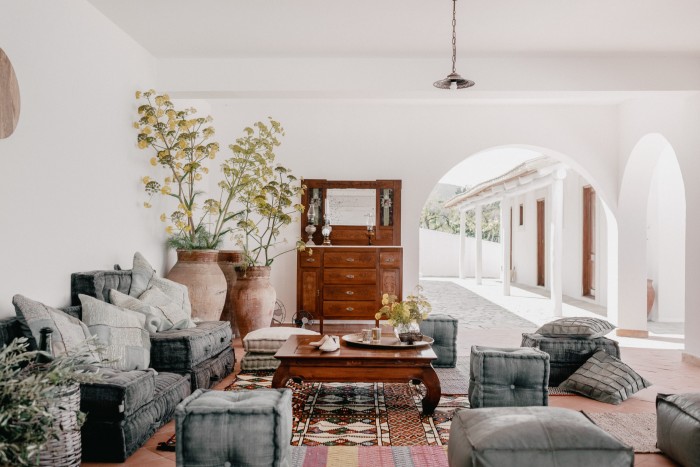
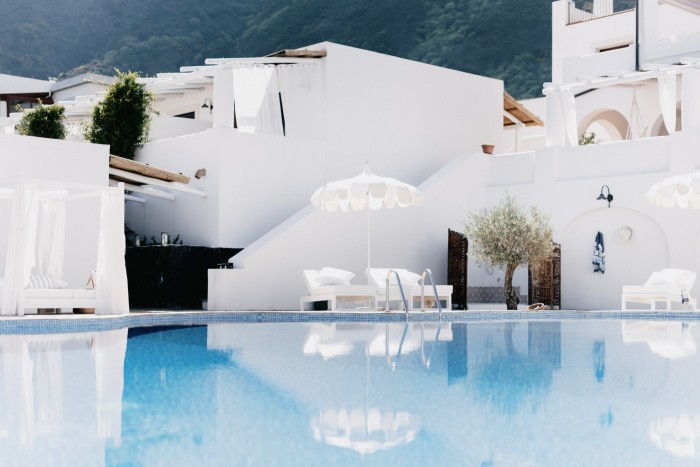
The Thinking Traveller makes a donation to the Collective for every one of its villa rentals in Sicily, Mallorca and the Greek islands (and encourages its clients to do the same). These range from sweet stone houses on Paxos to sprawling Corfu estates. Or opt for a hotel: you could hole up in the Aeolians at Principe di Salina, or at Filicudi’s barefoot-chic La Sirena: both put great value for money, forever views, and AIPF programming on your doorstep. conservation-collective.org. Ionian villas from £3,480 per week, sleeping six, thethinkingtraveller.com. Principe di Salina, from €190, principedisalina.it. La Sirena Filicudi, from €170, lasirenafilicudi.com
Saving the salmon of Vancouver Island
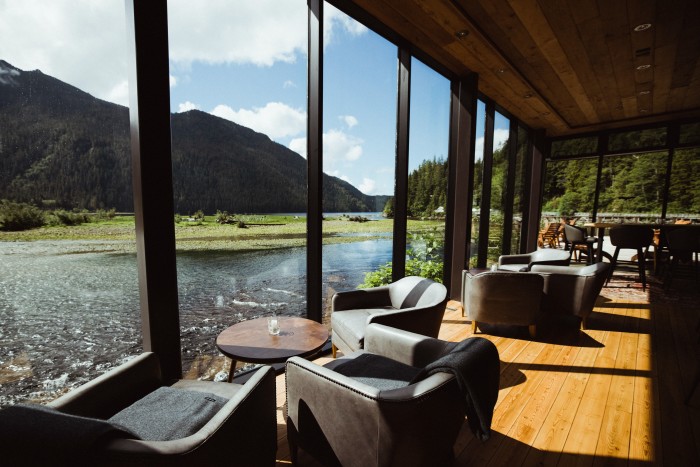
Since it began its existence in 2000, Clayoquot Wilderness Lodge has evolved to become Vancouver Island’s address for indulgence; a bastion of soft linens, silver table service and indoor-outdoor showers brilliantly described by sometime HTSI contributor Stanley Stewart as looking “like a miners’ camp that had struck gold and called in the designers”. But it’s far from style over substance here – which is one of the reasons Australia-based Baillie Lodges, which is known for pioneering environmental-protection programmes across that country, recently took over its management.
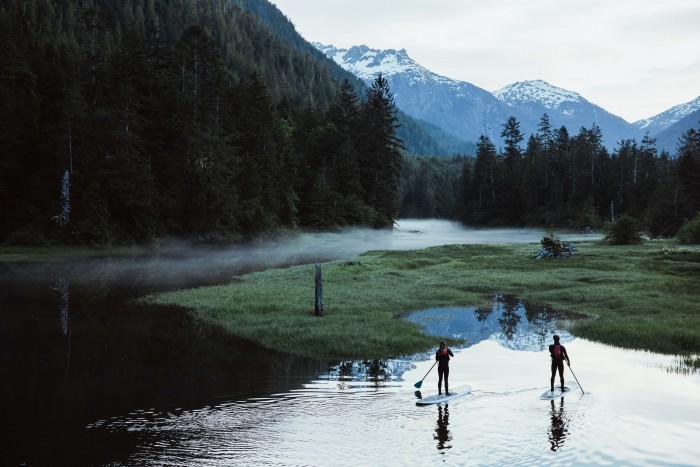
Since 2001, Clayoquot has been working with Canada’s Department of Fisheries and Oceans and the Ahousaht First Nations people to create salmon-spawning habitats and restore native stocks around the Bedwell River Watershed, where the lodge is located. Salmon are a major bellwether, and component, of both the local ecosystem and the local economy so ensuring their continued presence is key. It’s just one part of the resort’s Environmental Legacy Programme, funded privately by Baillie Lodges and proceeds from guests’ stays. From around £1,800 all-inclusive, clayoquotwildernesslodge.com
New Zealand’s coastal-wetlands haven
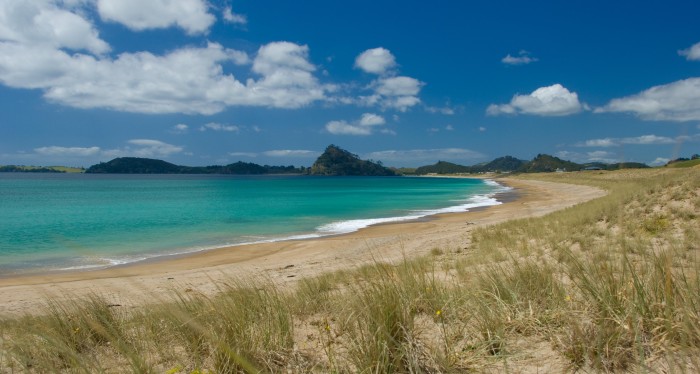
Coastal conservation is marine conservation too. Healthy wetlands and salt marshes are linked to correspondingly healthy bird, fish and insect populations, and they’re mega carbon absorbers to boot. At Tahi, on New Zealand’s North Island, the fourth generation of a beekeeping family has spent years restoring a once close to decrepit farm of some 316 hectares east of Whangarei to its original wilderness.
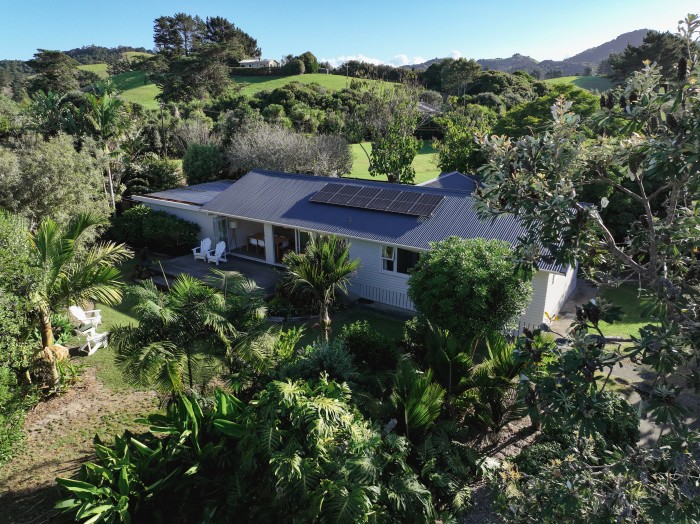
They have revitalised dunes, littoral forest and coastal marshes, in some cases not just restoring but increasing the carbon-storage capacities of the latter. A recent addition to Tahi’s offering – which includes, naturally, various delicious and nutritious Manuka honeys – is a small eco-retreat consisting of three self-catering properties: Hiwi, Mara and Tara. The first two are warm contemporary bungalows sleeping four, with en suites and large wood decks; Tara is a cosier cottage, with bunks for kids and a charming old-fashioned kitchen. All have access to Tahi’s private beach and tramping trails; bikes, boogie boards and kayaks are available on request. And your money funnels directly into the restoration and development of the reserve. From NZ$250 (about £130) per night for cottage, about £155 per night for bungalows, tahinz.com
Comments